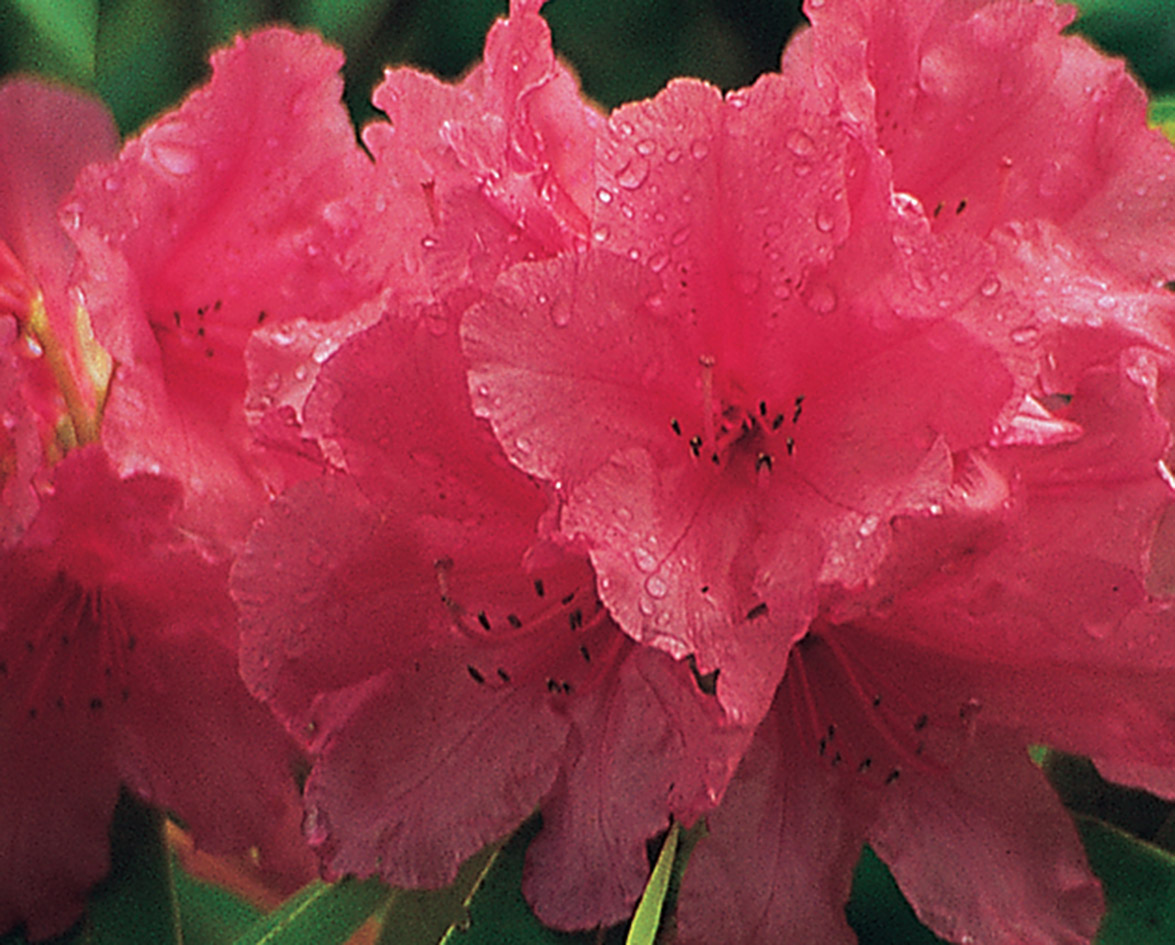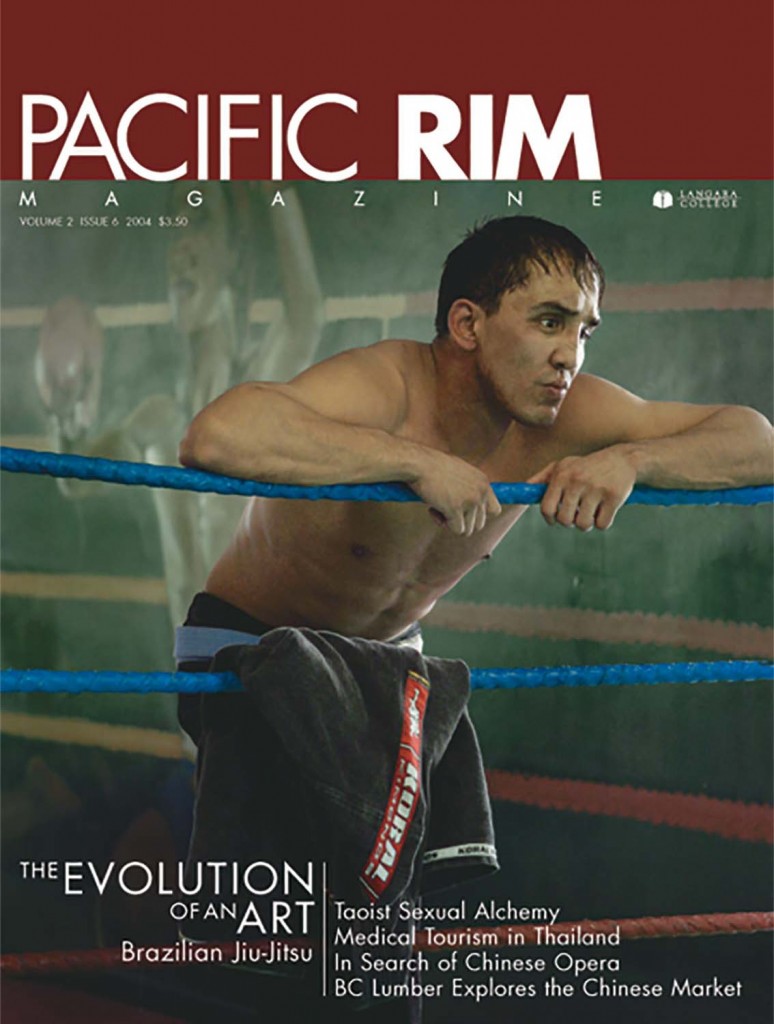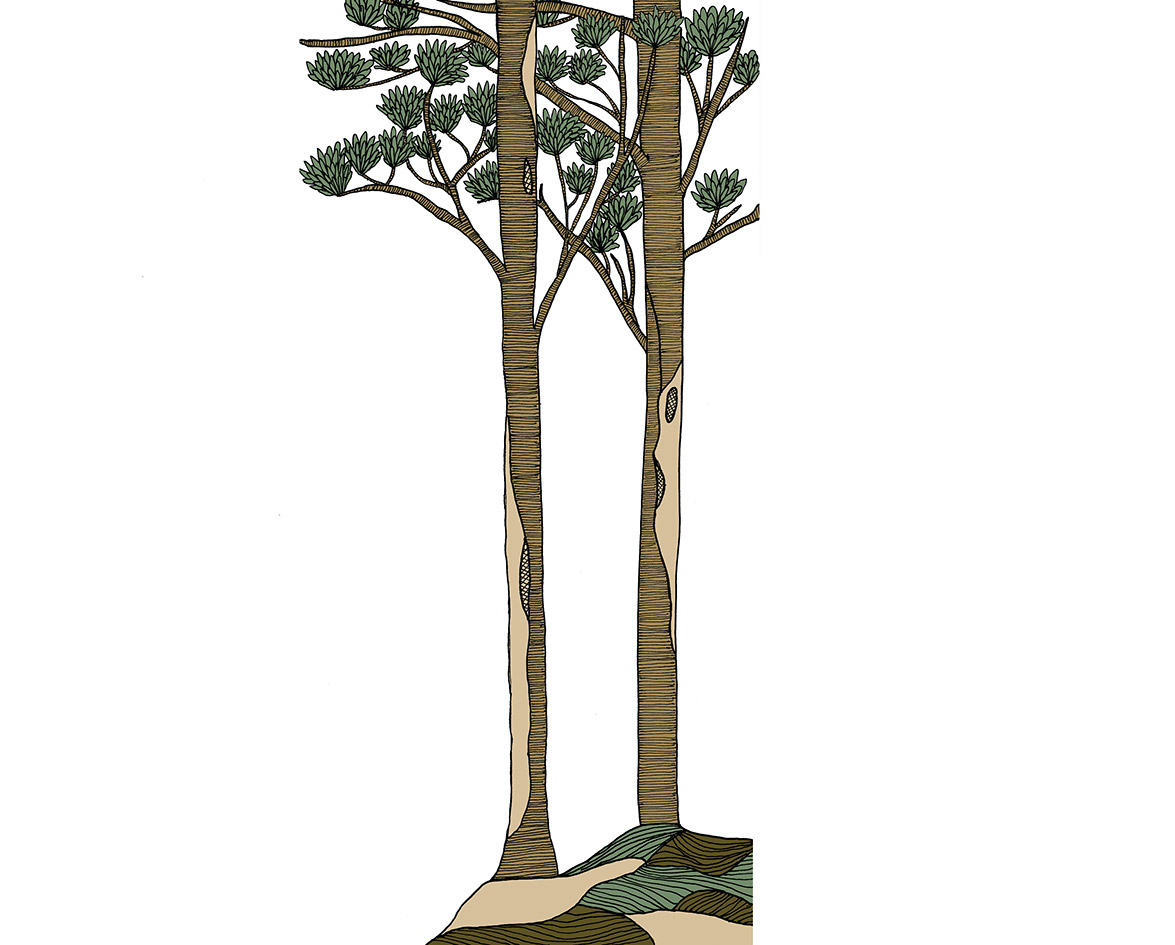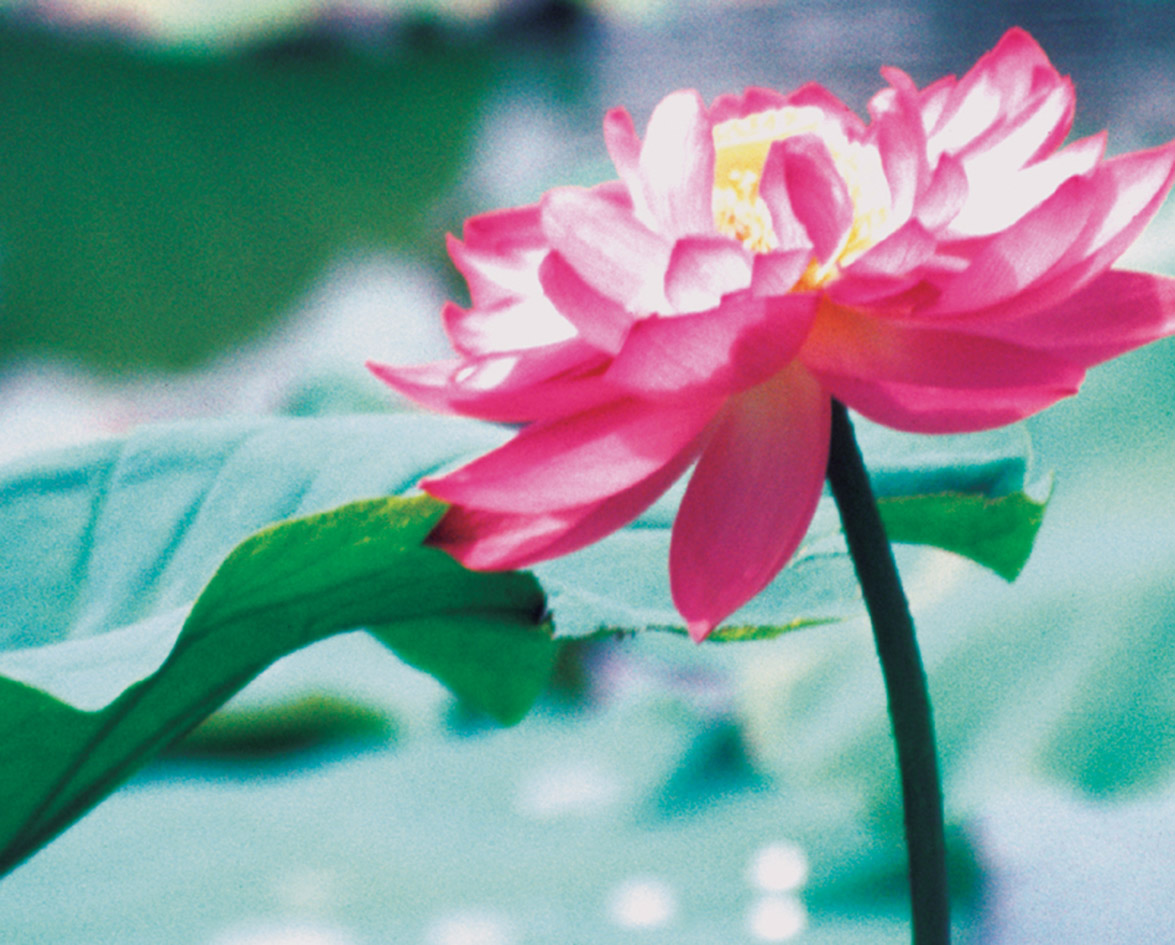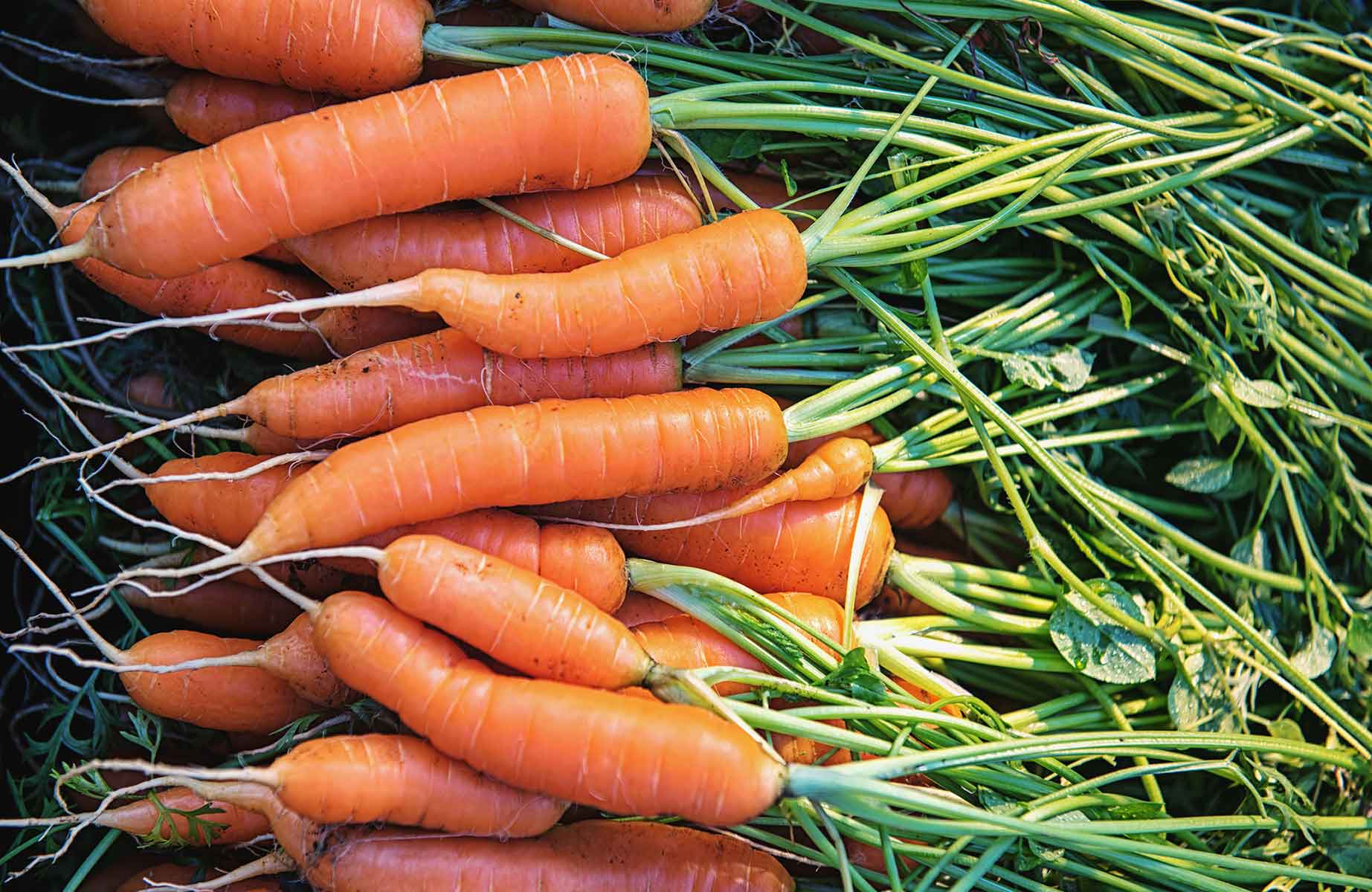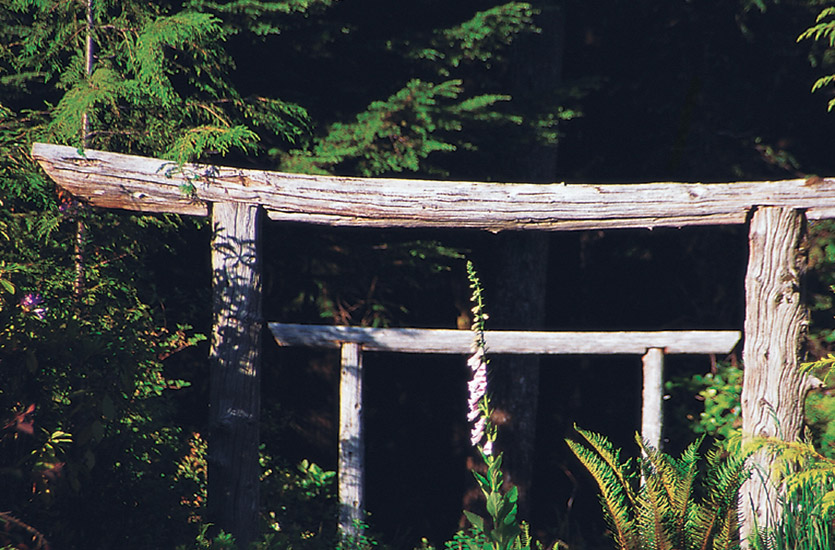
Atop a fir tree, overlooking an isolated harbour on Vancouver Island, a hungry raven calls out for its breakfast. Peter Buckland gets up from his paperwork and fishes a chunk of bread from the compost tub. Stepping onto the deck, he waves it overhead as the raven bounces excitedly from branch to branch. Buckland tosses the bread into the air. The bird swoops, catching the bread just before it hits the ground.
This is a ritual on sunny mornings at Boat Basin, the site of Cougar Annie’s historical garden set in the northern reaches of Clayoquot Sound. The raven is lucky today. The sun has made an appearance—rare weather so late in October. Buckland finishes his own breakfast quickly, keen to take advantage of the dry weather. There is always much to do in the garden.
Accessible only by boat or float plane, this five acre plot of land is located 54 kilometres northwest of Tofino. The area has undergone a number of changes in the past century. It has been transformed from a wild, dense rainforest to a florid sustenance garden, to an art garden, and finally into an educational centre.
It was another clear day back in 1968 when Buckland first discovered this unusual parcel of land and its inhabitants. Buckland, a Vancouver investment analyst, often accompanied Bus Hanson, a prospector and old friend, on treks to remote parts of Vancouver Island. On that particular trek Hanson suggested they drop by Boat Basin to visit Cougar Annie and her garden. Buckland had no idea the visit would change the course of his life.
In The Beginning
Fifty years before Buckland’s first visit, Cougar Annie, more formally known as Ada-Annie Rae-Arthur, arrived on the sand beach of Boat Basin in hopes of starting anew. Her husband was a drunk and an opium addict, so they moved to the wilderness to escape the temptations of the city.
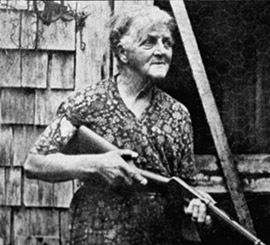
On this secluded plot, Cougar Annie hewed out a life amidst the unyielding rains and old-growth forest. She raised eight children, outlived four husbands (three of whom were mail-order grooms), cultivated five acres of land and fiercely fought off any cougar that dared set foot near her garden.
Life was hard for the family. Supplies were acquired by rowing ten kilometres across the harbour to meet the coastal steamer, the Princess Maquinna. Consequently, the Rae-Arthurs grew much of their own food. They kept a constant watch over their garden and livestock to protect them from the various predators. They also operated a mail-order nursery, sending out bulbs to customers as far away as Ontario. And most ingeniously, they petitioned for and ran the Boat Basin Post Office, collecting money from the government despite having little postal business in their sparsely populated corner of Vancouver Island.
The isolation and pioneer spirit of the small, blue-eyed woman immediately impressed Buckland, who after his first visit to Boat Basin returned once a month for 20 years. Cougar Annie grew old and her wooden house and garden deteriorated. Her children were grown and all but one had left. Buckland helped out when he could—bringing supplies and helping run the post office. Cougar Annie recognized Buckland as a potential successor to her land and encouraged him to buy her out.
In 1981, he bought the property and gave the old woman a life estate. “His concern for her and his love of the place was why she asked him to take it over,” says Stuart Wilson, a longtime friend of Buckland’s. In the autumn of 1983, Cougar Annie, at the age of 95, left her life’s work. She died two years later.
Cougar Annie devoted nearly 70 years to her garden, rarely leaving the site. Nestled in the heart of the old-growth forest, she created a palette of vibrant colour. She planted whatever she could lay her hands on: dahlias, daffodils and irises—some of the species coming from as far away as Japan and New Zealand.
Yet by the time Buckland arrived in 1968, Cougar Annie, nearly blind, had for some time been unable to contain the ever-encroaching wilderness. No one thought the garden would recover from its years of neglect. But it did.
Moving To The Boat Basin
In 1987, Buckland left Vancouver accompanied only by his cat, ‘The Mouser,’ and moved to Boat Basin full-time. After building a house for himself, he began to restore the garden. In the late eighties, the garden was, says Buckland, a “sleeping beauty jungle” because Cougar Annie’s plants lay seemingly dead beneath the overgrowth. “There was so much more variety here than anyone ever anticipated. I would come into an area, rough clear it and two or three years later up comes, say, these hostas, totally unexpected, having been dormant for 50 to 60 years.”
“I hope it remains alive. It’s bigger than the sum of its parts. It’s a garden on a wild coast amidst a rich history…”
The result of Buckland’s labour is more than two kilometres of moss-covered trails running through the restored garden, set against a backdrop of rainforest and mountains. The trails wind, often through tunnels of rhododendron, from one cleared vista of the garden to the next. They lead to Buckland’s enchanting sculptural additions such as the Japanese Garden and Sushi Bar.
The Asian influence seems appropriate to Peter Wharton, curator of the David C. Lam Asian Garden at the University of British Columbia. “There is an Asiatic strand throughout the landscape in terms of geology and vegetation. To me it makes absolute sense both now, and even more so in the future, when I think the cultures of western Canada and the countries of the Pacific Rim will be even closer than they are now,” says Wharton.
Buckland’s contributions are especially impressive because they don’t impose on the natural surroundings. Instead, the designs, like the cedar-shake woodshed crafted in the shape of a giant raven, seem to have emerged from the earth itself.
“Nature has the best form, and teaches the best design. You get the ability to look at things in different perspectives. Nature gives you the views and balances things better than anything,” says Buckland.
Buckland, now in his early sixties, knows that he will not last forever. He also knows finding a successor to preserve the garden is unlikely. Hence, the plan for the Field Study Centre was born.
Continuing The Legacy
“I knew that if I did restore the garden it would take ten years, and well, it took 15. I knew I had to have an exit strategy because I would be out of energy and the whole thing would just revert and be overcome by the forest again. So that’s when the idea of the foundation and centre first arose,” says Buckland.
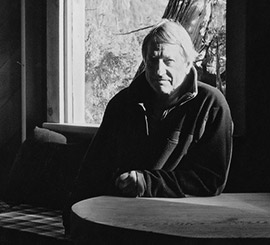
Field study usually involves camping in pitched tents and cooking over a fire, which take valuable time from the study itself. At Boat Basin there are six cedar bunkhouses, each with its own unique outhouse, and a main hall, complete with cooking facilities, perched on the ridge overlooking the garden. It’s a perfect and convenient location for students and scientists to study the area’s rich natural diversity. It is also the ideal place for groups to create customized educational programs.
The Boat Basin Foundation and the Temperate Rainforest Field Study Centre intend to “facilitate biological, botanical and ecological education to that end of Clayoquot Sound,” says Doug Cherrington, director of the foundation.
The Field Study Centre at Boat Basin is also a means to control traffic. Heavy visitation to the area by people interested in purely recreational tourism could damage the fragile ecosystem. “There are many areas of the Pacific Rim that are despoiled for the purpose of tourism, all to feed the appetite of expensive recreation,” says Margaret Horsfield, author of Cougar Annie’s Garden. “We don’t want any part of that.”
Maintaining the centre and the garden is an expensive endeavour, and money is limited. In addition to the financial strain, development pressures are threatening Cougar Annie’s garden. A road from Hot Springs Cove is being punched through the forest to allow the Hesquiat access to their traditional land. This means much more traffic in an area that has long remained isolated.
“I hope it’s never paved,” says Horsfield. “I hope it remains alive. It’s bigger than the sum of its parts. It’s a garden on a wild coast amidst a rich history…amidst a diverse ecology. The work the foundation envisions could be hugely important in bringing a lot of polarized interests together.”
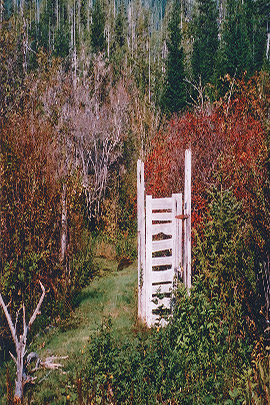
Many years ago, when Cougar Annie walked her traplines with a rifle, a light held to its barrel to catch the reflection of a cougar’s eyes, she probably never envisioned her subsistence garden as a kind of ivory tower in the bush. Ironically, it may be cougars, or the wilderness of Clayoquot Sound, that assures the preservation of her beloved garden. Today, thanks to Peter Buckland and others, students may walk the same lines, flashlights aimed into the night, hoping to spot a cougar.
For more information on the Boat Basin Foundation, visit Ecotrust Canada.





